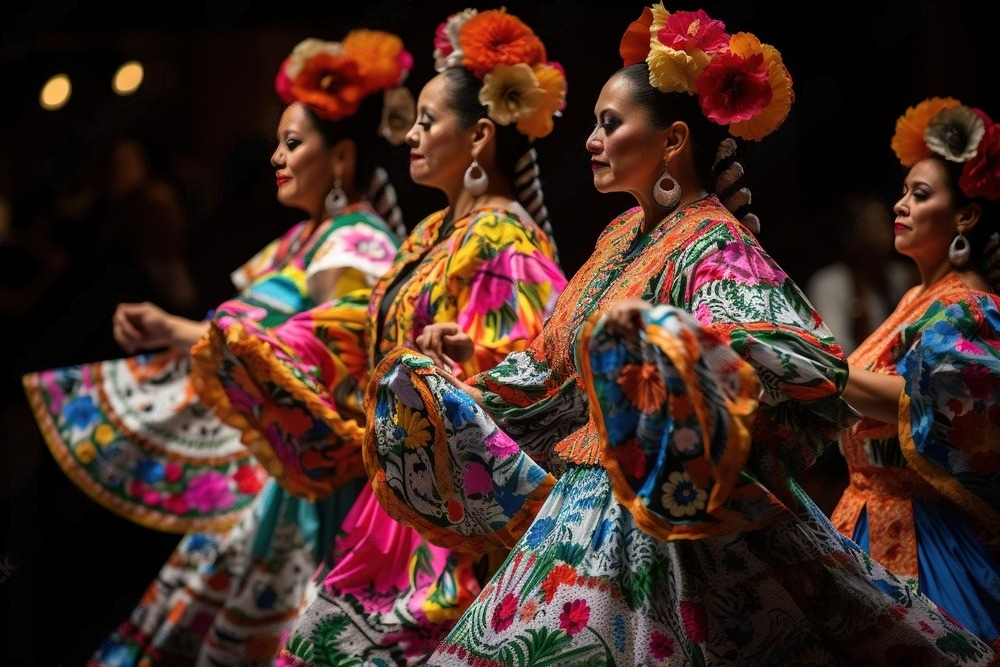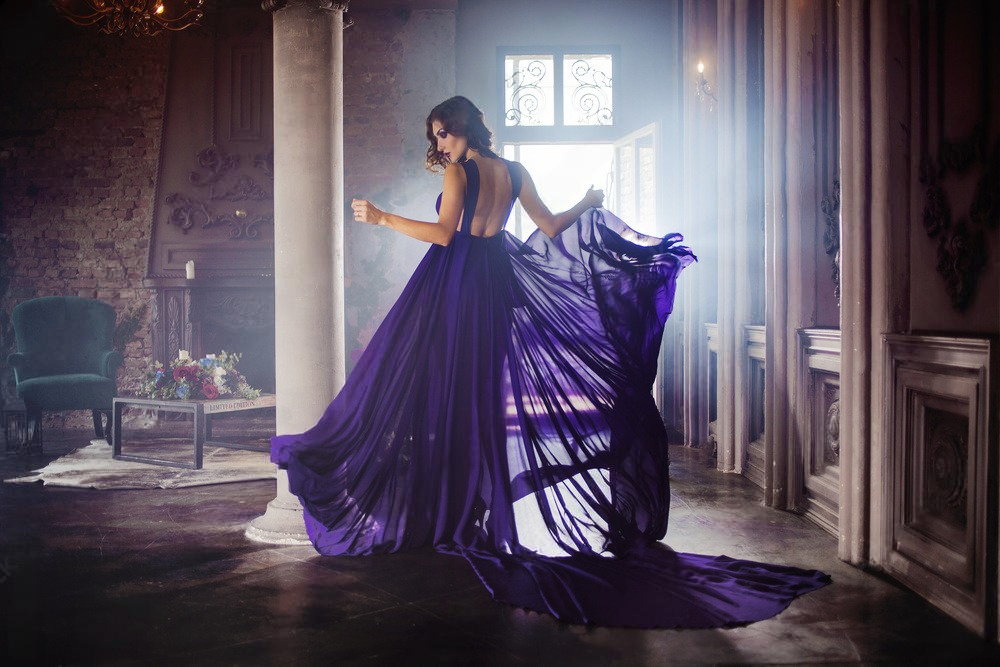Folk fashion style, rooted in the rich tapestry of cultural heritage, brings a unique charm to the world of clothing and accessories. From intricate embroidery to vibrant textile patterns, folk fashion celebrates the essence of tradition while offering a fresh perspective on personal style.
In the previous piece titled “Folk Fashion Style Breakthrough 101: Embracing Tradition with a Modern Twist,” we delved into the concept of folk fashion, tracing its roots, evolution, and impactful cultural influences. This article will focus on exploring key influencers in folk fashion, highlighting how it can blend traditional and modern styles, addressing challenges and criticisms encountered in embracing this fashion trend, and forecasting its future trajectory.
Table of Contents
Contemporary Interpretations: Reviving Folk Fashion for Modern Times
Folk fashion, with its timeless appeal and rich cultural heritage, continues to inspire contemporary designers and fashion enthusiasts alike. While traditional attire serves as a testament to the past, modern interpretations breathe new life into age-old traditions, blending elements of heritage with innovative design.
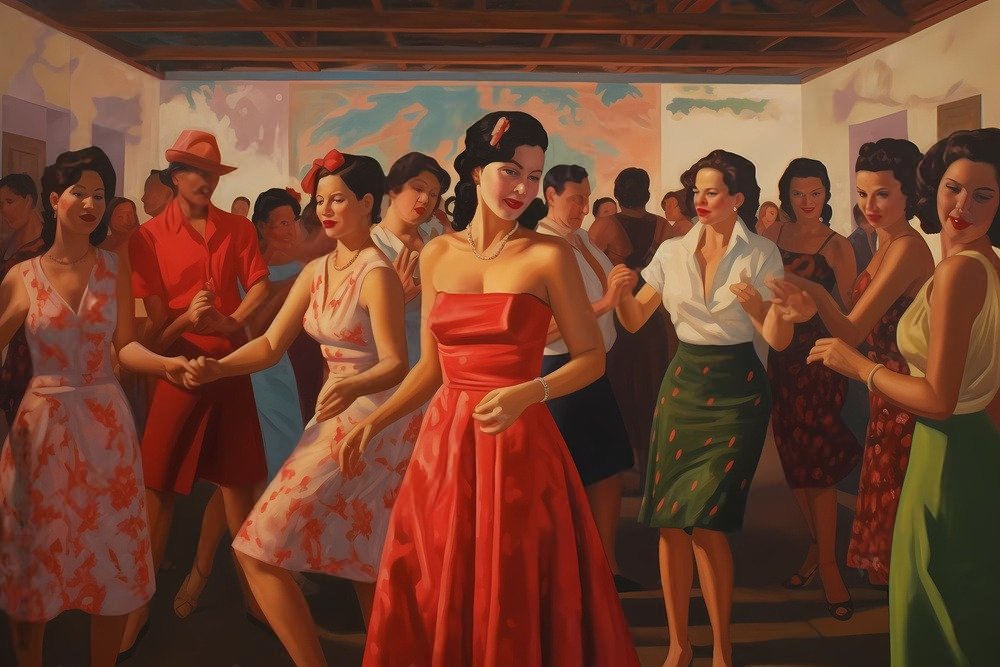
1. Fusion of Styles
One of the defining characteristics of contemporary folk fashion is its fusion of styles from different cultures and periods. Designers draw inspiration from traditional attire around the world, blending elements of ethnic textiles, embroidery techniques, and silhouettes with modern cuts and fabrics. This fusion of styles creates a harmonious juxtaposition of old and new, resulting in garments that are both culturally rich and fashion-forward.
2. Incorporation of Traditional Techniques
While modern technology has revolutionized the fashion industry, many designers still value the craftsmanship and artistry of traditional techniques. Embroidery, weaving, and hand-dyeing processes are incorporated into contemporary designs, adding depth, texture, and authenticity to garments. By preserving these time-honored techniques, designers pay homage to the artisans who have kept folk fashion alive for generations.
3. Celebration of Cultural Identity
In a world that often prioritizes homogeneity, contemporary folk fashion celebrates cultural diversity and individual identity. Designers draw inspiration from their own heritage and cultural backgrounds, infusing their collections with personal narratives and symbols of identity. This celebration of cultural heritage not only promotes inclusivity and representation but also fosters a sense of pride and belonging among wearers.
4. Sustainability and Ethical Practices
As consumers become more conscious of the environmental and social impact of fashion, there has been a growing emphasis on sustainability and ethical practices within the industry. Contemporary folk fashion embraces these principles by prioritizing natural, eco-friendly materials, and supporting local artisans and communities. From fair trade cooperatives to upcycled textiles, designers are finding innovative ways to create beautiful, sustainable fashion that honors both people and the planet.
5. Adaptation to Modern Lifestyles
While traditional folk attire was often designed for specific cultural ceremonies or rituals, contemporary interpretations are adapted to suit modern lifestyles. Garments are designed with versatility and wearability in mind, allowing individuals to incorporate elements of folk fashion into their everyday wardrobes. Whether it’s a bohemian-inspired blouse paired with jeans or a statement embroidered jacket worn over a sleek dress, folk fashion seamlessly integrates into diverse style aesthetics.
6. Empowerment Through Expression
Folk fashion has long been associated with cultural expression and storytelling, and contemporary interpretations continue this tradition by empowering wearers to share their narratives. Whether it’s through the choice of textiles, motifs, or styling, individuals can express their heritage, values, and aspirations through their clothing. In a world that often seeks to categorize and label, folk fashion offers a canvas for self-expression and individuality.
7. Bridge Between Past and Present
Ultimately, contemporary interpretations of folk fashion serve as a bridge between the past and present, connecting generations and cultures through the universal language of style. By reimagining traditional attire for modern audiences, designers and fashion enthusiasts pay homage to the enduring legacy of folk fashion while creating new narratives for the future. In doing so, they ensure that these cherished traditions continue to inspire and captivate for generations to come.
Icons and Influencers: Pioneers of Folk Fashion
Folk fashion has been shaped by a myriad of creative minds and cultural influencers who have celebrated traditional attire and brought it into the mainstream spotlight. From designers who draw inspiration from diverse cultures to individuals who embody the spirit of folk fashion in their everyday style, these icons have left an indelible mark on the fashion landscape. Let’s explore some of the pioneers and influencers who have helped shape the world of folk fashion.
1. Vivienne Westwood
British fashion designer Vivienne Westwood is renowned for her eclectic style and rebellious spirit, both of which have been influenced by elements of folk fashion. Throughout her career, Westwood has drawn inspiration from historical costumes, traditional textiles, and cultural symbolism, infusing her collections with a sense of whimsy and irreverence. Her innovative approach to design has earned her a place as one of the most influential figures in contemporary fashion.
2. Anna Sui
American fashion designer Anna Sui is known for her bohemian-inspired aesthetic and eclectic mix of prints and textures. Sui draws inspiration from global cultures and folk traditions, incorporating elements of ethnic textiles, embroidery, and vintage motifs into her collections. Her whimsical yet wearable designs have garnered a loyal following among fashion enthusiasts who appreciate her unique blend of nostalgia and modernity.
3. Iris Apfel
Style icon Iris Apfel is celebrated for her bold and eclectic approach to fashion, which often includes elements of folk and ethnic attire. With her trademark oversized glasses and eclectic accessories, Apfel embodies a fearless and adventurous spirit that transcends trends and age. Her eclectic wardrobe, which spans decades and continents, serves as a testament to the power of personal style and self-expression.
4. Frida Kahlo
Mexican artist Frida Kahlo is not only celebrated for her iconic paintings but also her distinctive sense of style, which was deeply influenced by traditional Mexican attire. Kahlo’s colorful Tehuana dresses, embroidered blouses, and ornate accessories reflected her indigenous heritage and political beliefs, making her a symbol of female empowerment and cultural pride. Her iconic style continues to inspire fashion designers, artists, and activists around the world.
5. Margaret Olley
Australian painter Margaret Olley was known for her vibrant and eclectic wardrobe, which often included elements of folk and vintage fashion. With her love of bold colors, ethnic prints, and statement accessories, Olley embodied a bohemian spirit that celebrated individuality and creativity. Her eclectic style continues to inspire artists, fashion designers, and collectors who appreciate her fearless approach to self-expression.
6. Joanne Berman
Fashion designer Joanne Berman is renowned for her innovative approach to upcycling vintage textiles and traditional garments. Berman’s collections often feature a mix of ethnic textiles, antique lace, and hand-embroidered details, creating one-of-a-kind pieces that celebrate craftsmanship and heritage. Her commitment to sustainable fashion and ethical practices has earned her a dedicated following among eco-conscious consumers and fashion enthusiasts alike.
7. Diane von Furstenberg
Belgian-American fashion designer Diane von Furstenberg is known for her iconic wrap dresses and bold, colorful prints. Throughout her career, von Furstenberg has drawn inspiration from diverse cultures and folk traditions, incorporating elements of ethnic textiles and artisanal techniques into her designs. Her timeless aesthetic and commitment to female empowerment have made her a beloved figure in the fashion industry, inspiring women around the world to embrace their individuality and confidence.
Sustainability and Ethical Practices: Nurturing Folk Fashion for Future Generations
As the fashion industry grapples with the environmental and ethical implications of mass production, there has been a growing movement towards sustainability and ethical practices within the realm of folk fashion. From preserving traditional craftsmanship to supporting local artisans and communities, stakeholders are increasingly recognizing the importance of nurturing folk fashion in a way that respects both people and the planet.
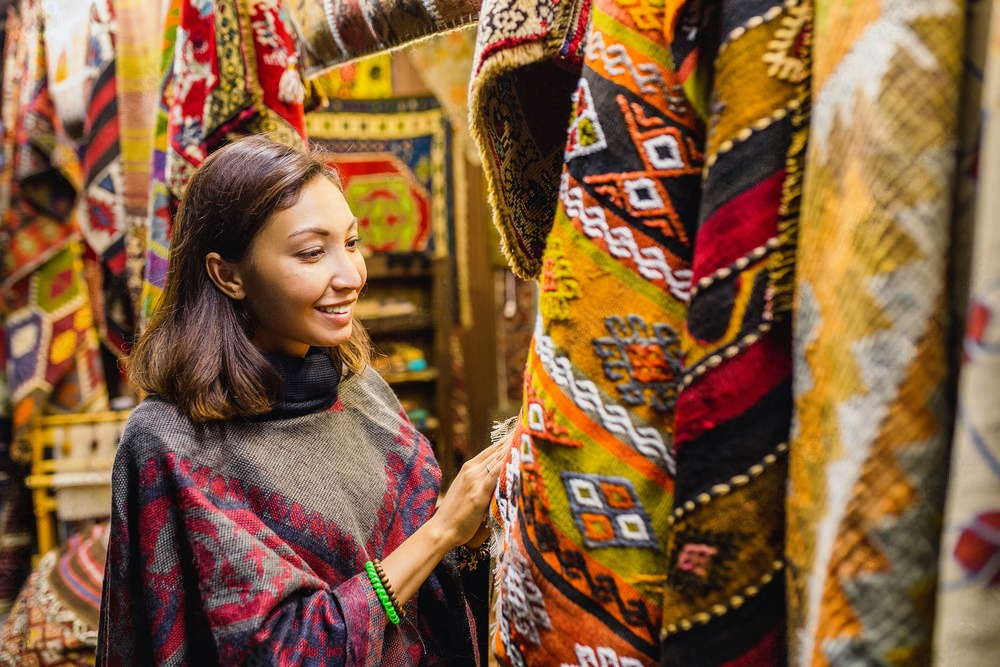
1. Preservation of Traditional Techniques
At the heart of folk fashion lies a rich tapestry of traditional techniques and craftsmanship passed down through generations. By preserving these time-honored skills, artisans, and communities not only safeguard their cultural heritage but also promote sustainability in fashion. From handwoven textiles to intricate embroidery, traditional techniques offer an alternative to mass production, emphasizing quality over quantity and celebrating the artistry of the human hand.
2. Use of Natural and Sustainable Materials
Many traditional folk garments are made from natural, locally sourced materials, such as cotton, wool, silk, and hemp. By prioritizing these sustainable fibers over synthetic alternatives, designers and artisans minimize the environmental impact of their creations, reducing pollution, energy consumption, and waste. Additionally, embracing organic farming practices and eco-friendly dyeing processes further enhances the sustainability of folk fashion, ensuring that future generations can continue to enjoy clothing that is both beautiful and environmentally responsible.
3. Support for Local Artisans and Communities
Folk fashion has long been intertwined with local economies and communities, providing livelihoods for artisans, weavers, and craftspeople around the world. By supporting local production and fair trade practices, stakeholders not only empower these communities but also foster economic resilience and cultural preservation. From cooperatives that empower women in rural areas to social enterprises that reinvest profits into community development, folk fashion can be a powerful force for positive social change and inclusive growth.
4. Promotion of Slow Fashion Principles
In contrast to the fast-paced, disposable nature of mainstream fashion, folk fashion embodies the principles of slow fashion, emphasizing durability, longevity, and timeless style. By investing in well-made, ethically produced garments, consumers can reduce their environmental footprint and support sustainable livelihoods. From heirloom-quality textiles that withstand the test of time to versatile designs that transition seamlessly between seasons and occasions, folk fashion encourages a more mindful and conscientious approach to dressing.
5. Cultural Exchange and Collaboration
In an increasingly interconnected world, folk fashion offers a platform for cultural exchange and collaboration, bridging divides and fostering understanding between different communities and traditions. By celebrating diversity and embracing cross-cultural influences, designers and artisans create opportunities for mutual learning and inspiration, enriching the global fashion landscape with a tapestry of colors, textures, and narratives. Through collaborative projects and partnerships, stakeholders can leverage the power of fashion to promote social cohesion, intercultural dialogue, and mutual respect.
6. Education and Awareness
As consumers become more conscious of the social and environmental impact of their purchasing decisions, there is a growing demand for transparency and accountability within the fashion industry. By raising awareness about the importance of sustainability and ethical practices in folk fashion, stakeholders can empower consumers to make informed choices that align with their values and priorities. From educational initiatives that highlight the cultural significance of traditional attire to advocacy campaigns that promote ethical sourcing and production, education plays a crucial role in driving positive change and shaping the future of folk fashion.
Challenges and Criticisms in Folk Fashion: Navigating the Complexities
While folk fashion holds a special place in the hearts of many for its cultural richness and artisanal craftsmanship, it is not immune to challenges and criticisms. From issues of cultural appropriation to concerns about sustainability and representation, stakeholders in the world of folk fashion must navigate a complex landscape of social, ethical, and environmental considerations.
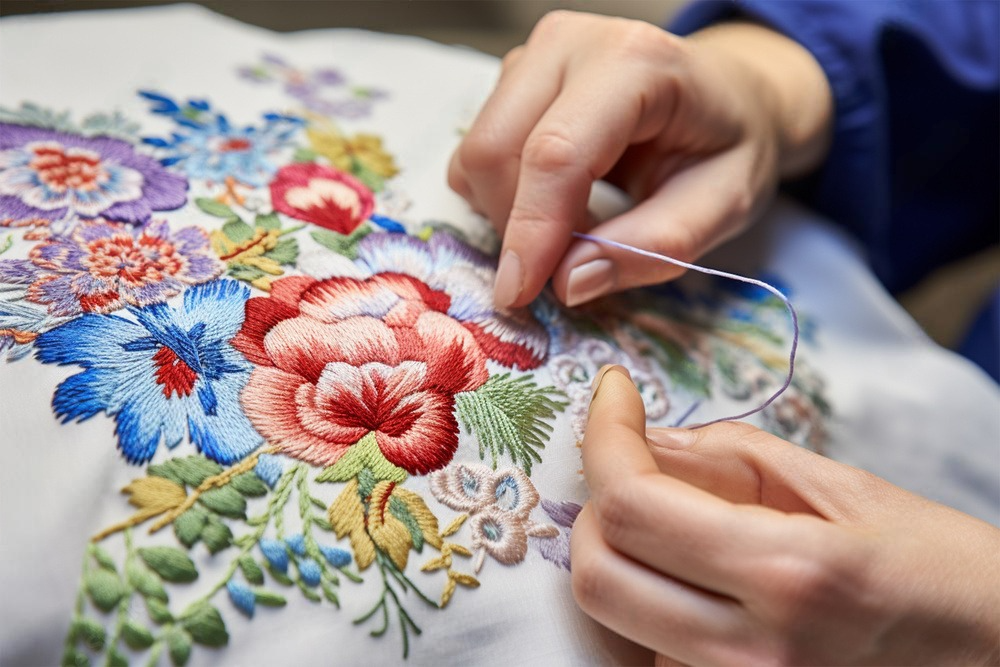
1. Cultural Appropriation
One of the most significant challenges facing folk fashion is the issue of cultural appropriation, whereby elements of traditional attire are adopted or exploited by individuals or brands without proper respect or understanding of their cultural significance. This can lead to the commodification of cultural symbols, the erasure of Indigenous voices, and the perpetuation of harmful stereotypes. To address this challenge, designers and consumers alike need to engage in respectful dialogue, collaborate with communities, and ensure that cultural exchange is conducted in a manner that honors and respects the origins of folk fashion.
2. Sustainability and Ethical Practices
As with the broader fashion industry, sustainability, and ethical practices are pressing concerns within the realm of folk fashion. From the environmental impact of textile production to the fair treatment of artisans and workers, stakeholders must grapple with complex issues related to supply chain transparency, resource management, and social responsibility. By prioritizing sustainable materials, supporting local artisans, and advocating for fair trade practices, the industry can work towards a more ethical and environmentally conscious future for folk fashion.
3. Representation and Diversity
Folk fashion has the power to celebrate diversity and amplify marginalized voices, but it is essential to ensure that representation is authentic and inclusive. Historically, certain cultures and communities have been underrepresented or misrepresented in mainstream fashion, leading to a lack of visibility and opportunities for diverse voices to be heard. To address this criticism, stakeholders must actively seek out and elevate diverse perspectives, collaborate with underrepresented communities, and challenge stereotypes and biases within the industry.
4. Commercialization and Mass Production
In an era of mass production and fast fashion, there is a risk that folk fashion could become commodified and diluted, losing its authenticity and cultural significance in the process. As demand for traditional attire grows, there is a temptation for brands to mass-produce cheap imitations, undermining the value of artisanal craftsmanship and local traditions. To combat this challenge, stakeholders must prioritize quality over quantity, support small-scale producers, and educate consumers about the importance of ethical consumption and preservation of cultural heritage.
5. Accessibility and Affordability
Another criticism of folk fashion is its perceived exclusivity and lack of accessibility for those who may not have the means to afford artisanal, handmade garments. While traditional attire often commands higher prices due to the time and skill involved in its production, there is a risk of perpetuating elitism and exclusion within the industry. To address this challenge, stakeholders can explore ways to make folk fashion more inclusive and affordable, such as supporting community-based initiatives, offering fair pricing models, and advocating for policies that promote economic equity and social justice.
6. Balancing Tradition and Innovation
Finding the balance between honoring tradition and embracing innovation is an ongoing challenge for folk fashion designers and enthusiasts. While it is essential to preserve and celebrate traditional techniques and cultural heritage, there is also a need to adapt to changing tastes, technologies, and lifestyles. Striking this balance requires creativity, open-mindedness, and a willingness to evolve while staying true to the essence of folk fashion.
Charting the Path Forward: The Future of Folk Fashion
Folk fashion, with its rich tapestry of cultural heritage and artisanal craftsmanship, continues to captivate and inspire fashion enthusiasts around the globe. As we look to the future, the evolution of folk fashion holds promise for innovation, sustainability, and cultural exchange.
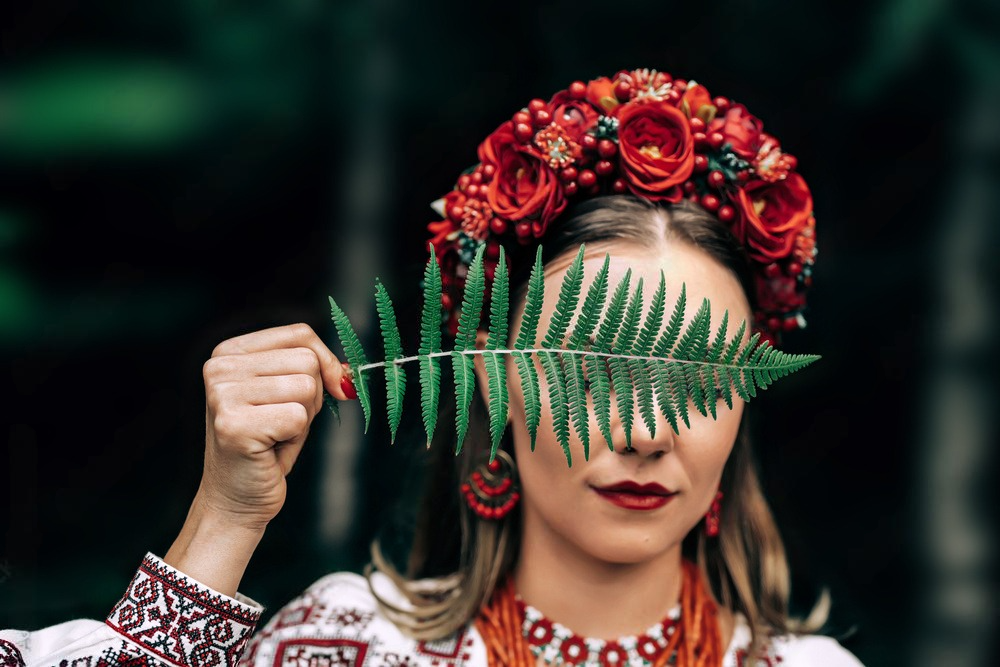
1. Innovation in Traditional Techniques
While folk fashion has deep roots in traditional craftsmanship, the future holds opportunities for innovation and experimentation. Designers and artisans are embracing technology and contemporary techniques to reimagine traditional textiles, embroidery, and garment construction. From digital printing on natural fibers to 3D knitting and laser-cutting, these advancements allow for greater precision, efficiency, and creativity while preserving the essence of folk fashion.
2. Cross-Cultural Collaboration
In an increasingly interconnected world, folk fashion serves as a bridge between cultures, fostering mutual understanding and appreciation. The future of folk fashion may see an increase in cross-cultural collaboration, with designers drawing inspiration from diverse traditions and collaborating with artisans from different communities. These partnerships not only celebrate cultural diversity but also promote social cohesion, economic empowerment, and creative exchange on a global scale.
3. Sustainability and Ethical Practices
As concerns about environmental sustainability and ethical production practices continue to grow, the future of folk fashion will likely prioritize sustainability and social responsibility. From sourcing eco-friendly materials to supporting fair trade initiatives and reducing waste, stakeholders are exploring innovative ways to minimize the industry’s impact on the planet and empower communities. By embracing principles of sustainability and ethical fashion, folk fashion can lead the way towards a more conscious and compassionate industry.
4. Empowerment of Artisans and Communities
At the heart of folk fashion lies the empowerment of artisans and communities who preserve and perpetuate traditional craftsmanship. The future of folk fashion may see a renewed focus on supporting these grassroots initiatives, providing training, resources, and market access to artisans in remote and marginalized communities. By investing in their skills and livelihoods, folk fashion can contribute to poverty alleviation, cultural preservation, and sustainable development in regions around the world.
5. Digital Innovation and Accessibility
In an age of digital innovation and online connectivity, folk fashion is poised to reach new audiences and markets through e-commerce platforms, social media, and digital storytelling. The future may see an increase in virtual collaborations, online marketplaces, and immersive experiences that bring the beauty and diversity of folk fashion to audiences worldwide. By harnessing the power of technology, folk fashion can break down barriers of geography and accessibility, democratizing access to traditional attire and cultural heritage.
6. Celebration of Diversity and Individuality
As the fashion industry moves towards greater inclusivity and representation, the future of folk fashion will celebrate diversity and individuality in all its forms. Designers will continue to draw inspiration from diverse cultures and traditions, embracing a multitude of voices, perspectives, and aesthetics. Whether it’s through size-inclusive designs, gender-neutral collections, or culturally diverse runways, folk fashion will reflect the richness and complexity of human identity, fostering a more inclusive and equitable industry.
The future of folk fashion holds endless possibilities for creativity, sustainability, and cultural exchange. By embracing innovation, collaboration, and social responsibility, folk fashion can continue to inspire and enrich the fashion landscape for generations to come. As we chart the path forward, let us celebrate the diversity and heritage that make folk fashion a timeless expression of human creativity and resilience.

